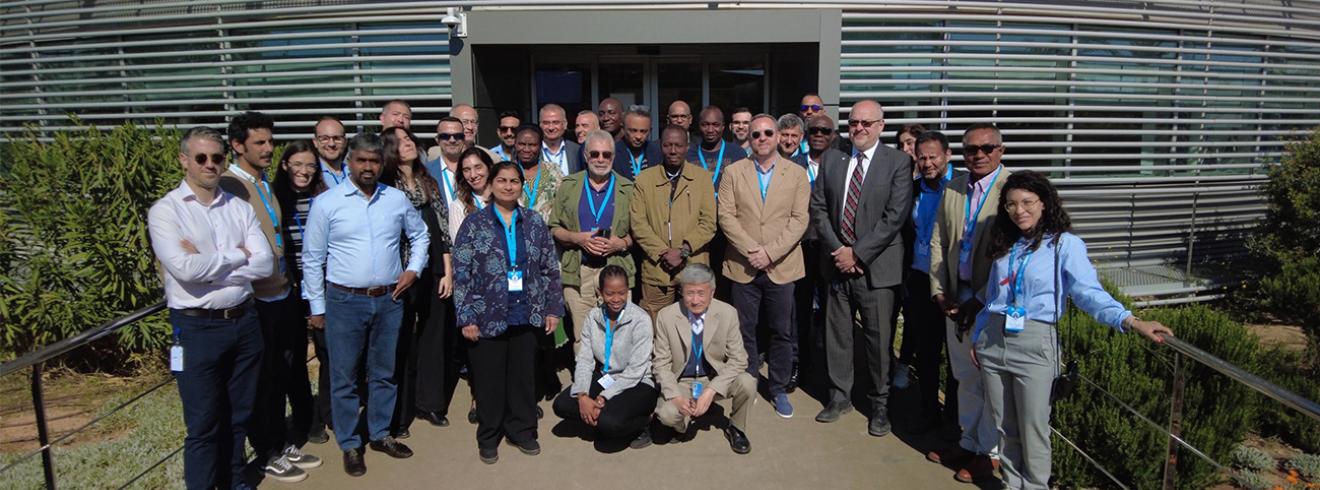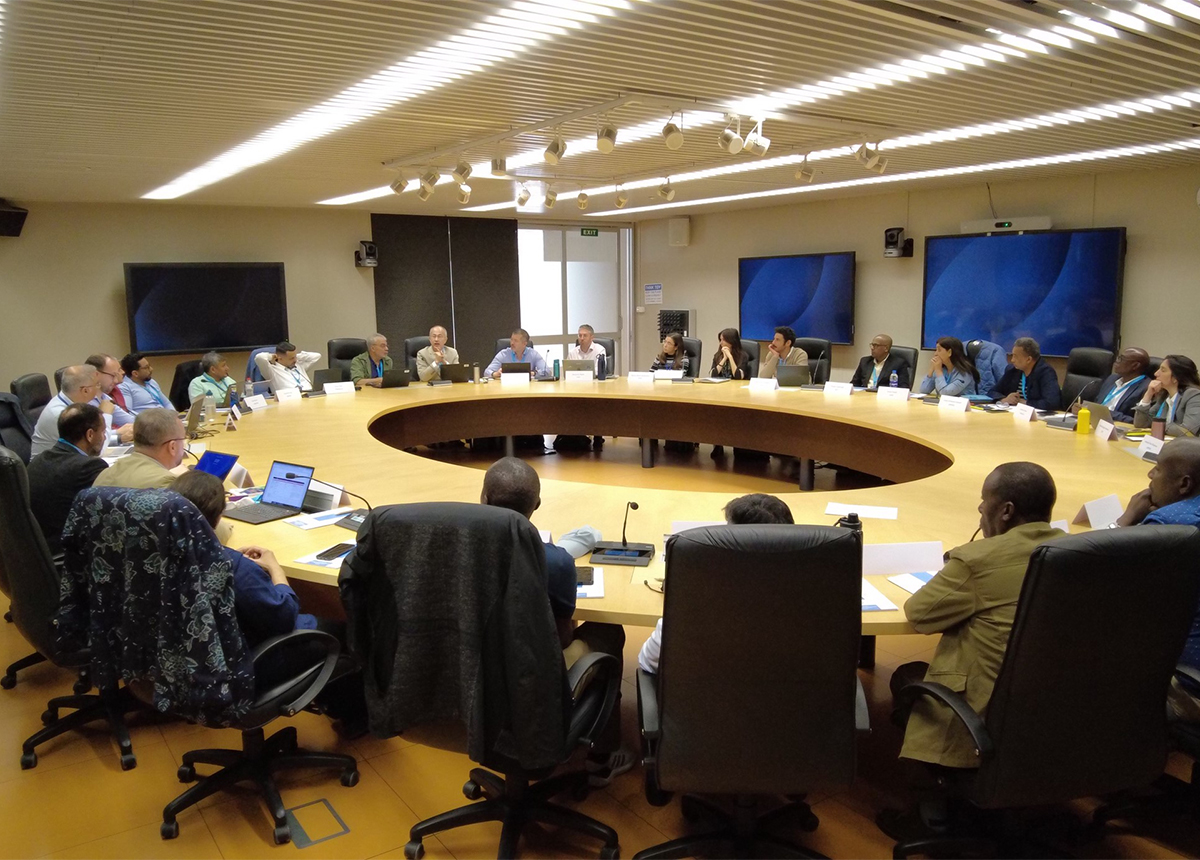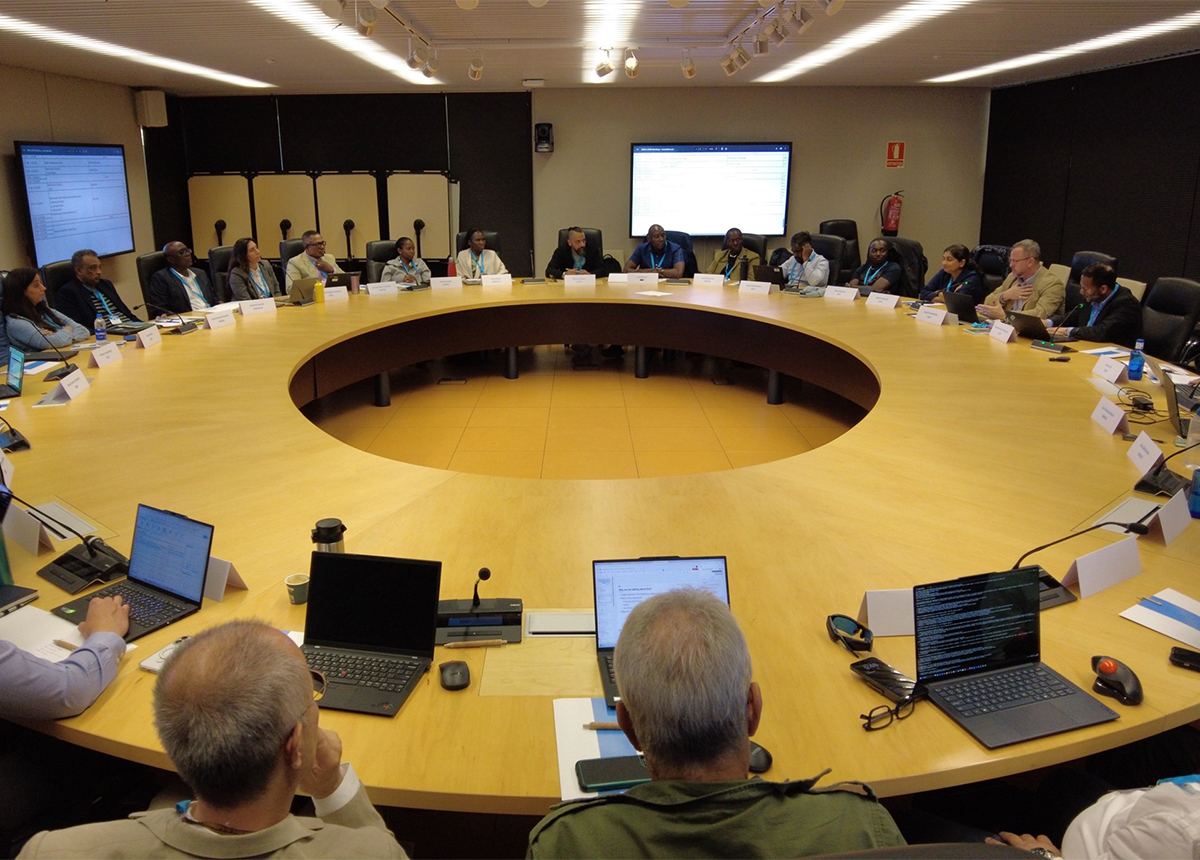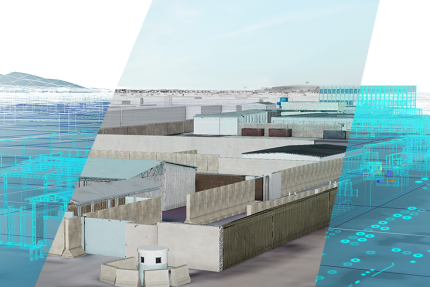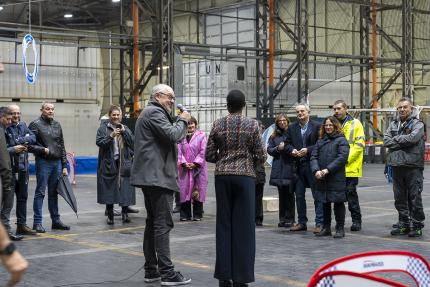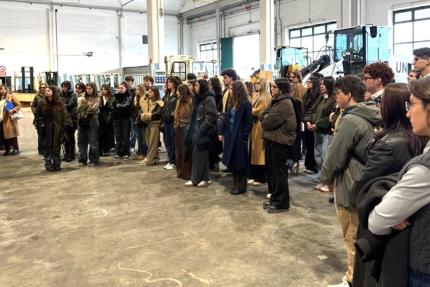From the deserts of Africa to the mountainous terrain of Asia, a reliable power supply is a lifeline for any peacekeeping operations. In these remote locations, where electricity grids are often non-existent, fuel-powered generators are essential for keeping critical systems running. Across 11 missions, the UN relies on a fleet of over 8,600 generators to power everything from life-saving medical facilities and clean water systems to secure communications networks and logistics hubs that keep peacekeepers connected and effective. Managing this fuel is not just about powering equipment, it’s about ensuring every drop is used wisely, reducing costs, minimising waste, and cutting carbon emissions.
In 2023, the UN peacekeeping mission reduced its overall fuel consumption by 20 million litres, bringing the total to 130 million litres, down from 150 million litres in previous years. This reduction is a result of closing some missions and improving fuel efficiency. To put the 20 million litres reduction into perspective, a car could travel approximately 240 million kilometres with that fuel – that’s roughly 12,000 times from the North Pole to the South Pole, if driven in a straight line. To keep this momentum, the UN needs innovative tools to manage fuel more effectively and sustainably.
The Electronic Fuel Management System (EFMS2) is a key part of this effort, providing real-time data on fuel usage and helping prevent waste and losses. But it’s only part of the equation. Fuel powers a complex network of generators, vehicles, and infrastructure that supports peacekeeping in diverse regions. That’s where the Field Remote Infrastructure Monitoring (FRIM) system comes in.
FRIM provides real-time insights into the performance and energy consumption of key infrastructure, including all the generators that keep missions running. Integrating EFMS and FRIM means the UN can get a more complete picture of how fuel is used, where efficiencies can be gained, and which areas need maintenance. Among other benefits, this unified approach reduces downtime and increases transparency, critical for more efficient, accountable, and resilient peacekeeping.
Bringing these systems together isn’t just about optimising spending. It’s about ensuring the UN can continue its vital work in high-risk operational areas, where it matters most.
The recent Joint EFMS2 and FRIM – Assessment of Potential Collaboration Workshop, held in Valencia, marked a significant step toward this vision. Organised by #UNGSC, Logistics Division-Fuel Management, and the Office of Information and Communications Technology (OICT), the event brought together 30 participants from 10 UN missions and entities, including experts in fuel operations, engineering, environmental affairs, and technology.
This workshop served as a critical forum for addressing the technical and operational challenges of integration, such as aligning different mandates, overcoming data interoperability issues, and coordinating across missions with diverse needs. It laid the groundwork for a unified approach to fuel management that supports mission readiness and sustainability.
As the workshop concluded, participants shared their perspective on the road ahead. Ms. Ariela D'Angiola Haefel, Greenhouse Gas Specialist for the Department of Operational Support, stated, "This collaboration aims to provide more accurate real-time data on fuel consumption, validating fuel issuances and improving efficiency. It will also enhance environmental performance tracking, supporting precise greenhouse gas accounting and better fuel demand analysis at sites with renewable projects."
Mr. Yohannes Assefa Nigussie, Fuel Officer for Logistics Division at the Department of Operational Support, highlighted the practical benefits of collaboration, noting, "The workshop allowed me to see the great potential in aligning these systems. EFMS2 and FRIM can complement each other to streamline workflow, improve data accuracy, and strengthen analytical capabilities. Moving forward, it is our responsibility to make this potential a reality."
Ms. Shalini Agarwal, Section Chief for Peace and Security at OICT, added: "Integrating sensor data is not just an option; it is a strategic step that promises more accurate data, improved efficiency, and cost savings for the organization."
Reflecting on the broader impact,
Michel Bergeron, Chief of Geospatial, Information, and Telecommunications Technologies, said, “The workshop was not just about technology but about building a smarter, more integrated future for UN field operations. The participation of field missions has been instrumental in shaping the roadmap for future cooperation, highlighting the importance of collective expertise and shared vision”.
